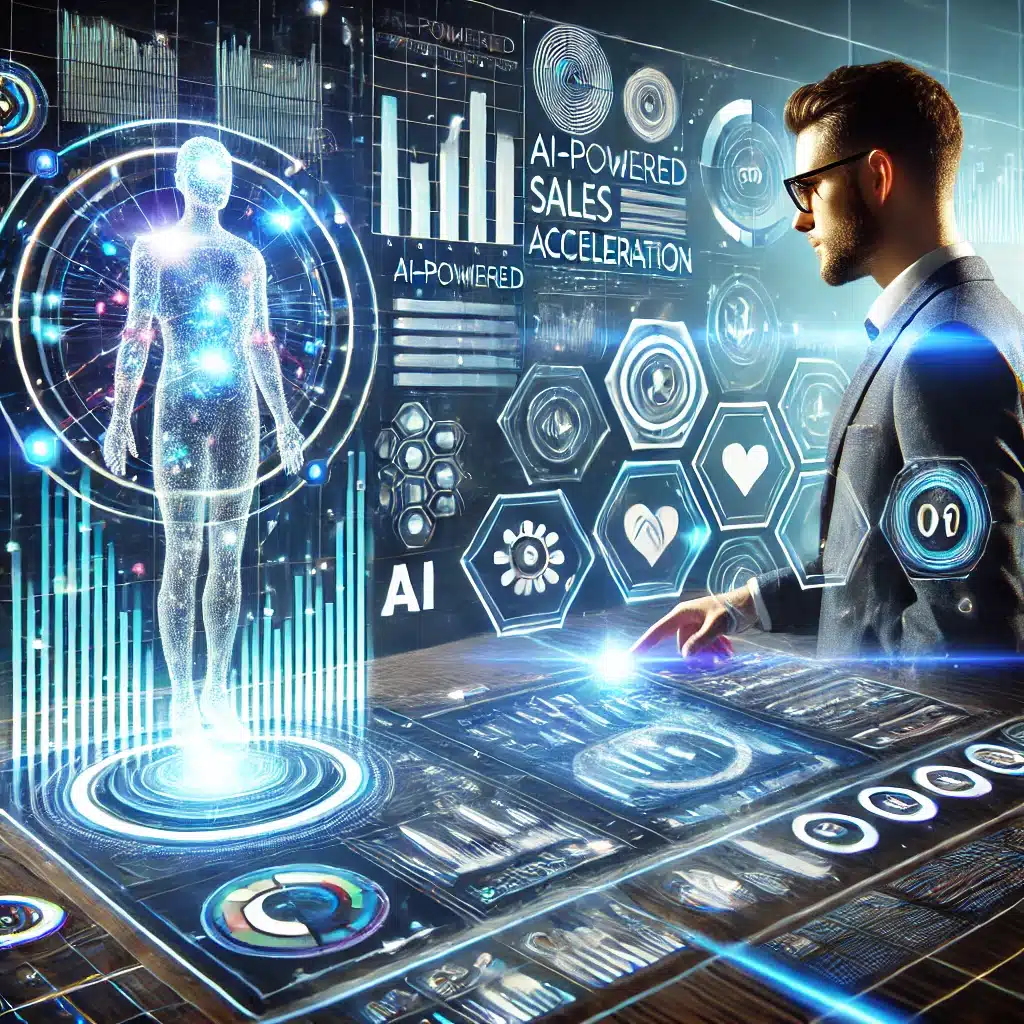Understanding OpenAI’s Transition to an AI with Public Benefit Corporation
OpenAI is embarking on a transformative journey. The organization announced it would evolve into an AI with a public benefit corporation (PBC). While the change grants greater flexibility, it also imposes new responsibilities. Therefore, OpenAI must clearly define its public mission and focus on aligning the development of artificial general intelligence (AGI) with societal benefits.
A transition to a PBC promises certain advantages. For example, it shields the company from activist investors who are solely focused on maximizing profit. This structure enables OpenAI to prioritize public benefits alongside financial gains. But, OpenAI must prove its commitment to the shared values of humanity. Consequently, the restructuring demands a sharper focus on AI with public interest, a shift some experts welcome.
The Role of Key Figures in AI Development
Demis Hassabis, a pivotal figure in artificial intelligence, co-founded DeepMind and recently received a Nobel Prize in Chemistry. DeepMind, acquired by Google, emphasizes AI applications for societal benefits. If you would like more about Hassabis, you can read this article.
Hassabis’s achievements in predictive algorithms highlight AI’s potential to revolutionize multiple sectors, including healthcare and climate change. Similarly, OpenAI aims to produce AGI that offers widespread benefits. Therefore, merging business interests with public welfare becomes crucial.
Challenges and Opportunities for AI Alignment
AI companies confront challenges in aligning their technologies with AI with public interests. OpenAI, for instance, has been questioned about its commitment to its mission. Earlier attempts to realign leadership fueled internal strife. On the other hand, these developments underscore the need for organizations to articulate clear, mission-driven goals.
Conversely, opportunities abound. By transitioning to a PBC, OpenAI can engage more responsibly with stakeholders. Furthermore, successful alignment might enhance its reputation, drawing support from both investors and the public. Thus, the restructuring offers a pivotal moment to redefine its impact.
Conclusion: The Path Forward
Ultimately, the evolution of AI companies like OpenAI places them at a crossroads. They must demonstrate how their innovations can address public needs effectively. Meanwhile, AI with public benefit corporations uniquely balances profit with purpose. In conclusion, the future of AI development lies in the harmonious integration of technical prowess and ethical responsibility.



